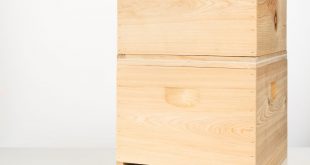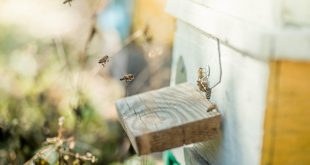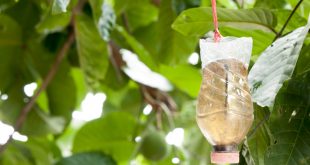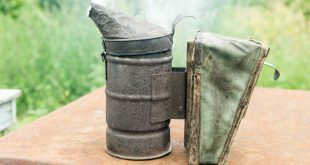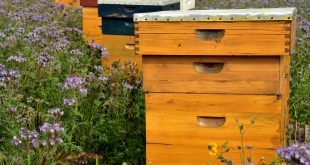Langstroth beehives make use of boxes stacked on top of each other. This feature gives the Langstroth beehive superior expandability by making use of available vertical space. There are two sizes of Langstroth beehives: 10-frame and 8-frame. Beekeepers can choose to purchase or make their own Langstroth beehive boxes. The boxes come in handy when you need to add space for your bees to use as brood chambers or for honey storage. This article details how to build a Langstroth beehive box. It covers shallow, medium and deep boxes for both 8-frame and 10-frame sizes of Langstroth beehives.
Read More »How to Build a Quilt Box for a Langstroth Beehive
Moisture control in beehives is important for all beekeepers, and this can be achieved using various equipment such as moisture boards or quilt boxes. Quilt boxes are a standard feature of Warre beehives that some Langstroth beekeepers sometimes use. Not many beekeeping equipment manufacturers have quilt boxes for Langstroth beehives, however, both beginner and experienced beekeepers can build a quilt box for their own use. The process requires some wood and metalworking skills and a few tools. This guide shows you how to build a quilt box for a beehive and its use in beekeeping.
Read More »How to Make a Yellow Jacket Trap: DIY Beekeeping
The traps used to capture and kill yellow jackets can either be bought from the various manufacturers, or you can make a DIY trap at home. DIY yellow jacket traps have a number of advantages over commercially made and sold traps. This article will guide you on how to make a yellow jacket trap of your choice.
Read More »How to Make a Homemade Bee Smoker
The bee smoker is an essential tool in beekeeping. It helps puff some smoke on the bees so as to calm them down when you are working on your beehive. It is required during honey harvesting and when conducting routine inspections on the beehive. You can buy a bee smoker …
Read More »How to Assemble a Langstroth Beehive
Beehives are available to beekeepers in various designs, and perhaps the most popular design is the Langstroth beehive. Beehive manufacturers sell most beehives unassembled. This makes it necessary for beekeepers to know how to assemble a Langstroth beehive if it is their preferred choice. Experience in assembling a Langstroth beehive will also comes in handy when beekeepers have to put together a beehive built in any of the other two common beehive designs.
Read More » BeeKeepClub Resources and Guides for Beekeepers
BeeKeepClub Resources and Guides for Beekeepers

